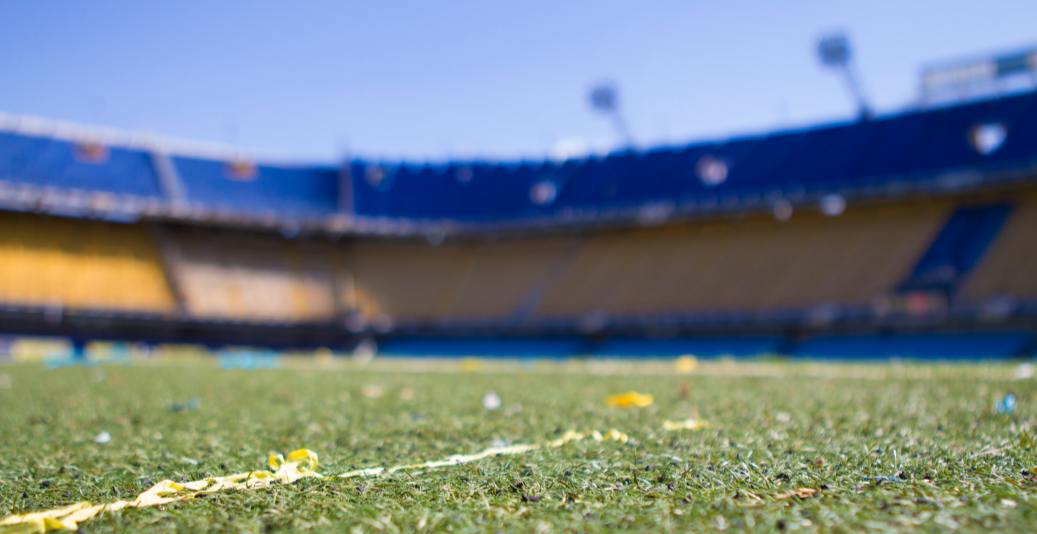The Complete Sports Field Management Guide
A Certified Sports Field Manager has successfully completed programming from the Sports Turf Managers Association (or STMA) to oversee field management. Think about it: how likely is it that the average person knows how to grow grass efficiently, make sports turfgrass look green and lively, as well as know what a transition zone is?
If you're a Sports Field Manager, you may be familiar with a few maintenance strategies to keep sports fields clean, safe, and usable for the public at large.

Effective Sports Field Management
Our communities use school grounds and parks for recreation and other health-improving outdoor activities. This is where turf management and sports field management comes into play; they face the challenge of providing safe, functional and aesthetically pleasing fields while not causing delays in community events.
Fostering Safe Play
Sports field management should be wary of the safety issues associated with high-volume sports fields and support management strategies to ensure safe fields for all users. Overuse of sports fields—especially under very wet or very dry conditions—can injure turf density which is necessary for athlete performance and safety.
Daily Maintenance & Upkeep
Are your fields maintained at a level that would minimize the likelihood of injury? “Duty of Care” is a legal obligation of an individual or organization to adhere to a standard of reasonable care while performing any acts that could foreseeable harm others. It is the first element that must be established to proceed with an action in negligence.
Soil Care
All turf management programs should positively support the 'life of the soil'. What we mean is life within the soil—including micro and macro-organisms—that help the soil maintain its structure, suppress some plant pests, breakdown organic matter, mineralize and recycle nutrients, fix nitrogen and detoxify pollutants. Strategies to support life within the soil and its growth include using organic amendments, maintaining adequate water and nutrient levels, improving soil porosity and limiting the use of pesticides.

Turf Management
In sports field management, a key component to promoting safety is for turfgrass to appropriately cover the field, providing athlete foot traction, surface friction. Most of all, it provides a surface that can absorb athlete shock forces. Absorbing shock means that the field offers footing without causing stress to joints or ligaments. In light of this, overseeding programs are necessary with turfgrass maintenance throughout the playing season. The sports fields look great, and are safe for players!
Insect & Pest Control
As mentioned earlier, sports turf management promotes the protection of life within the soil as well as on it. Pesticide use should only be considered if it can be done safely, if necessary at all. If you have the option to use pesticides as a management tool and conditions warrant the use of pesticides, keep in mind that there may be certifications you require to do so.
Preparation for Climatic Changes
How do changes in the seasons affect the turf? The upkeep of natural turfgrass has some fields turning to artificial options to deter maintenance. In fact, artificial turf has made a comeback at some NFL and MLB venues. However, artificial turf does seem to lack the environmental benefits of natural turf, such as removing carbon dioxide from the air, and having negative affects on surrounding vegetation.
There is one advantage to artificial turf: it gives communities more access to fields for many more months of the year. Since natural turfgrass becomes muddy and slippery in wet weather, artificial turfgrass could be a suitable winter solution in areas that experiences lots of downpour during the stormy winter months.
Pandemic Best Practices
During the midst of a pandemic, how can a field manager promote safety and lower the risk of infection? In the warm, sunny summer months, many people opted to exercise and play games outside to take advantage of the favourable weather. But heading into winter in North America, more people are either participating in indoor activities, or using wet, muddy, and slick fields.
Even though it's winter, field management can't stop. You must take care of your fields to ensure everyone stays safe, and to prevent injury. To promote distancing out on fields, try using field-safe paint to mark spots 6 feet apart in the ground.

A Sports Field Management Solution
Registration, booking, and scheduling software sports facilities know and trust. Xplor Recreation is your go-to platform for sport facility management. From small fields to large arenas and everything in between, our cloud-based fitness and gym software management helps you take your business from good to great. Request a personalized demo to see how you can grow your community.





